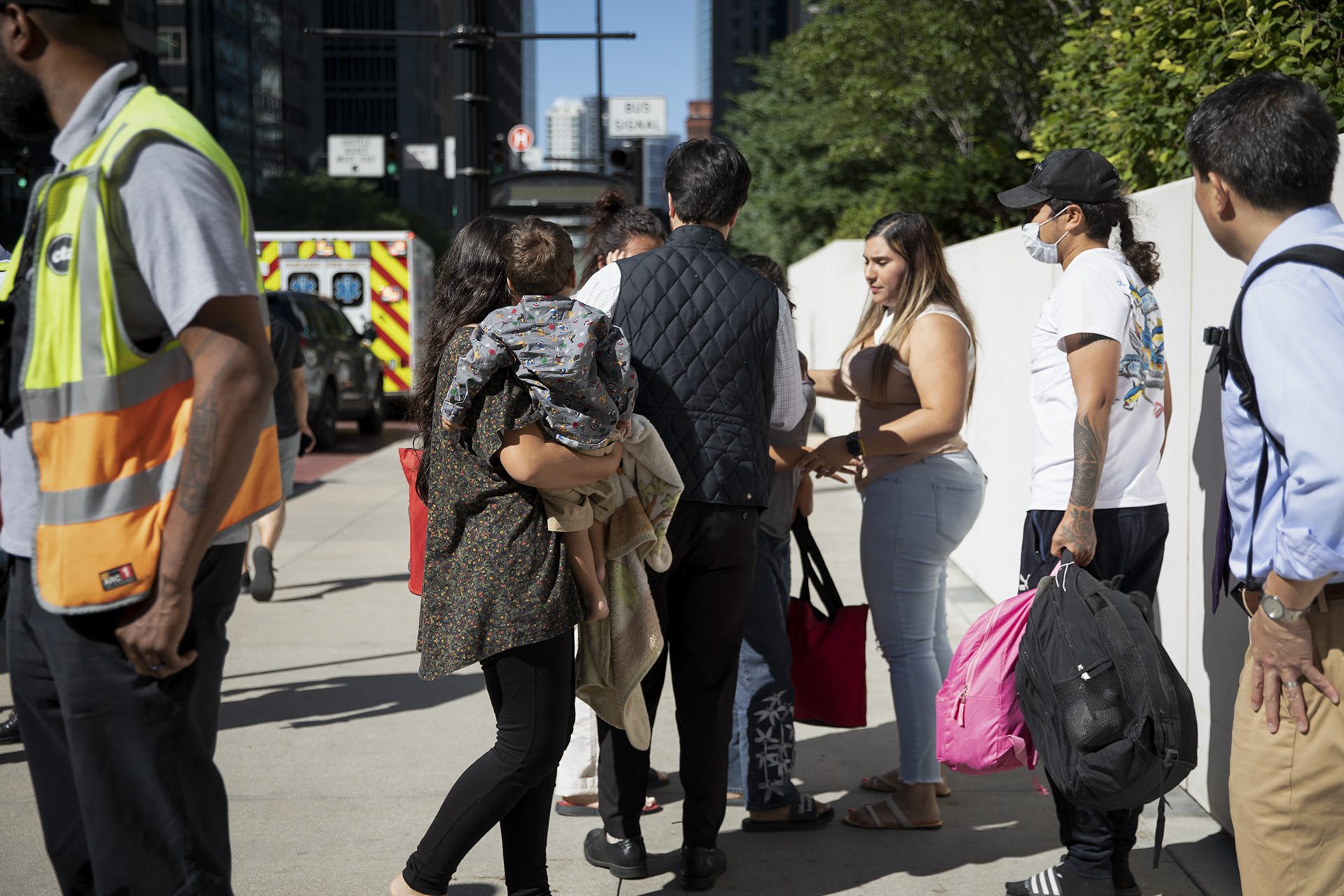 Jesus J. Montero para Borderless Magazine
Jesus J. Montero para Borderless MagazineLa cofundadora de la Alianza Venezolana de Illinois, Ana Gil García, explica por qué 25% de la población venezolana ha abandonado Venezuela y cómo los habitantes de Chicago acogen a los emigrantes venezolanos.
Más de 3.700 inmigrantesLa mayoría de ellos, venezolanos, han llegaron a Chicago en autobuses desde finales de agosto como parte de Campaña "Lone Star" en Texas para presionar a los demócratas para que promulguen políticas de inmigración más estrictas. Los migrantes venezolanos que fueron enviados aquí son algunos de los más de siete millones de venezolanos que han abandonado su país desde 2014 en busca de asilo y huyendo de la crisis económica.
¿Quiere recibir historias como ésta en su bandeja de entrada todas las semanas?
Suscríbase a nuestro boletín gratuito.

Aunque Venezuela era una de las naciones más ricas del mundo, sus ciudadanos luchan ahora por llegar a fin de mes. El país es uno de los más empobrecidos del mundo, con más de 70% de su población vive con menos de $2 al día. Muchos venezolanos carecen de acceso a electricidad, agua potable y necesidades humanas básicas.
Los venezolanos enviados a Chicago por Texas han recibido ayuda de la pequeña comunidad venezolana de la ciudad. Congregada principalmente en el barrio Edgewater de la ciudad, a lo largo de Buena Street, la "Buenazuela" de la ciudad ha acogido anteriores oleadas de inmigrantes venezolanos que huían de la inestable situación política y económica de su país de origen. Organizaciones como la Alianza Venezolana de Illinois han ayudado a cubrir necesidades esenciales como alojamiento, ropa y asistencia jurídica.
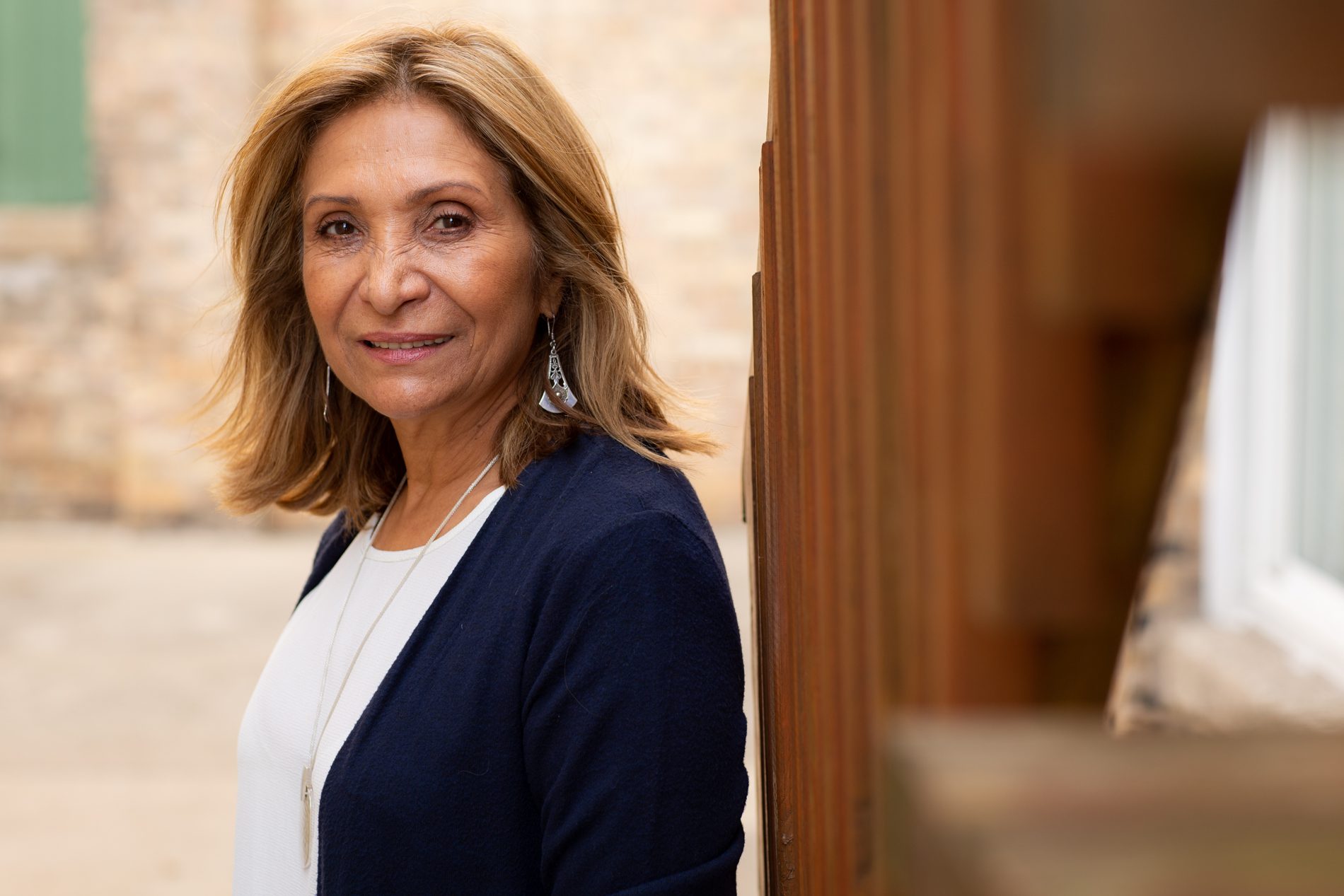
Ana Gil García, profesora local y cofundadora de la Alianza Venezolana de Illinois, vive en Chicago desde 1995. Borderless habló con ella sobre lo que ha estado ocurriendo en Venezuela y cómo les va a los venezolanos recién llegados a Chicago.
Revista Borderless: ¿Por qué se van los venezolanos de Venezuela?
Ana Gil García: Esta actual oleada migratoria es sólo el último de varios éxodos que se han producido desde que Hugo Chávez llegó al poder en 1998.
Venezuela solía ser un icono de la democracia, y un país muy rico, como quinto productor de petróleo del mundo hasta la llegada de Hugo Chávez en 1998. El poder de Chávez tenía que ver con el autoritarismo y el control. No era un proceso comunista o socialista, sino más bien un individuo que buscaba todo el poder. La población venezolana y otros partidos políticos se creyeron a Chávez hasta que seis meses después se dieron cuenta de que la persona que habían elegido no era quien creían que era.
Esta desconexión y la huelga petrolera de 2002 provocaron el primer pico de inmigración. Chávez quería aumentar el control estatal de la empresa petrolera nacionalizada Petróleos de Venezuela (PDVSA) y casi la mitad de los trabajadores del sector se declararon en huelga en protesta.. En respuesta, Chávez despidió por televisión a 18.000 trabajadores del petróleo. Los despidió uno por uno, por su nombre. Todas esas personas abandonaron el país con sus respectivas familias. Esa fue la primera oleada de inmigración.
Luego, entre 2005 y 2007, el gobierno intentó controlar todas las empresas, incluidos sus ingresos. No había libertad, lo que expulsó a más gente del país. La eliminación del libre mercado, la expropiación de las explotaciones agrícolas y la obligación de los agricultores de vender sus cosechas a empresas del gobierno expulsaron a más personas del país. La mayoría de las personas que trabajan en la industria agrícola y alimentaria eran originariamente inmigrantes que vinieron de Europa y se establecieron en Venezuela. Muchos regresaron a sus países y sus primeras e incluso segundas generaciones se marcharon con ellos. Es lo que se conoce como el segundo pico de la inmigración. Estaban protegidos por las leyes de inmigración de los países de origen de sus familias.
La oleada de inmigración más reciente comenzó en 2014, tras la muerte de Chávez y unas disputadas elecciones presidenciales. Venezuela ya no era capaz de producir nada para su pueblo. Los partidos políticos estaban censurados y no tenían ninguna posibilidad de ganar. Ya no había trabajo, la inflación era alta y escaseaban productos de primera necesidad como la harina y la leche.
En 2015, grandes protestas, disturbios y violaciones de derechos humanos obligaron a millones de venezolanos a huir de sus hogares debido a la violencia y la inseguridad.
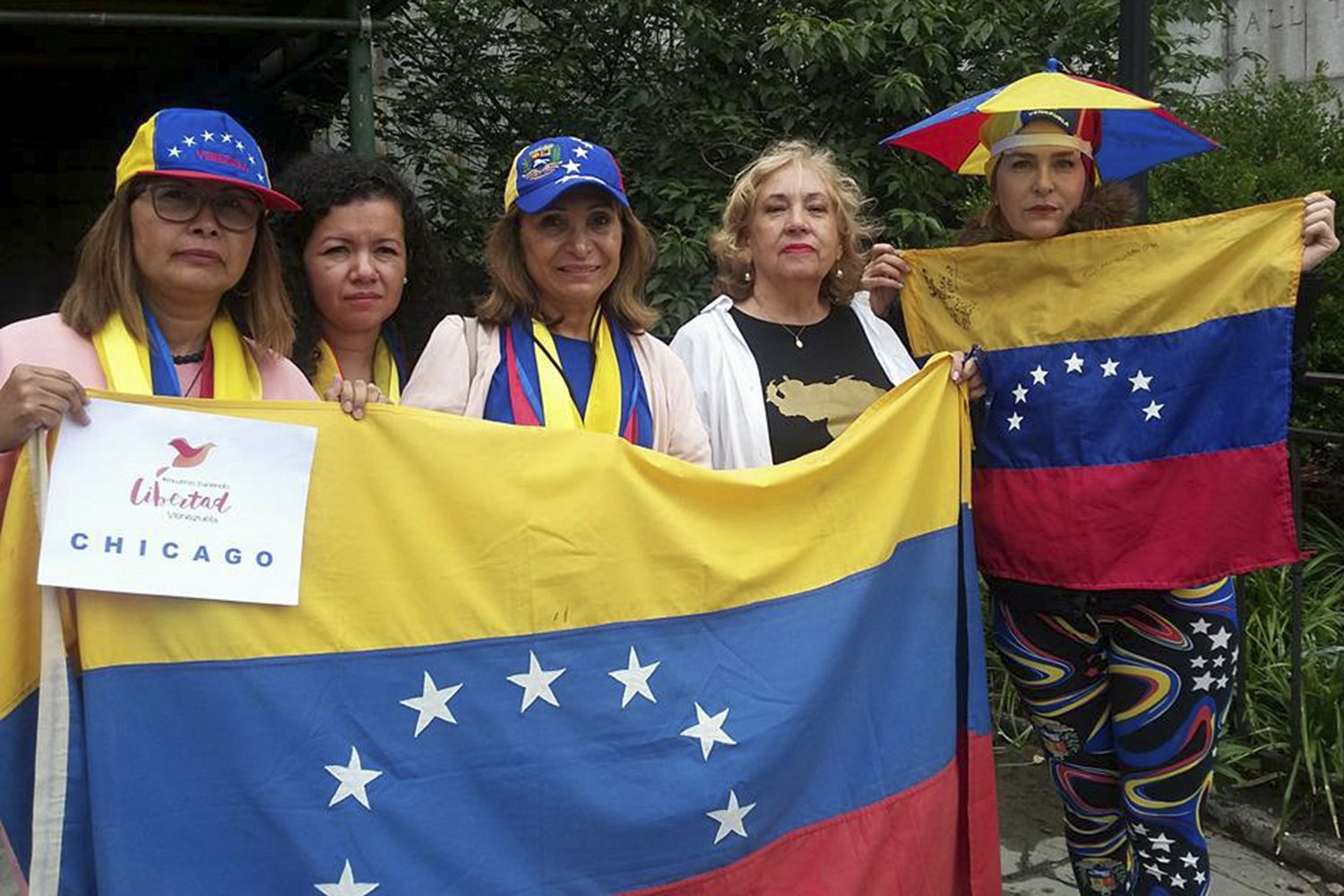
Revista Borderless: ¿Adónde van los venezolanos?
Ana Gil García: El concepto de venezolanos que llegan a Estados Unidos es bastante nuevo. La mayoría de los venezolanos se han ido a otros países de Sudamérica o Europa. Colombia tiene más de 2 millones de venezolanos. Ecuador tiene más de 500.000. Perú tiene 1,5 millones.
La población de Venezuela es muy diversa, con personas cuyas familias proceden de España, Italia, Oriente Medio e incluso China. Por eso, países como España y Portugal han acogido a venezolanos. Mis propios hijos tienen pasaportes europeos porque mi ex marido tiene ascendencia española.
Pero venir a Estados Unidos no era una opción para la mayoría de los venezolanos. Estados Unidos cerró sus consulados y embajadas de Venezuela en 2019 tras las elecciones presidenciales venezolanas en la que Nicolás Maduro ganó unas elecciones muy disputadas en mayo de 2018. Estaba claro que el ganador de esas elecciones era el candidato de la oposición, Juan Guaidó, pero el gobierno venezolano no lo reconoció y afirmó que Maduro era el presidente.
Amparándose en una disposición constitucional, Guaidó, presidente de la Asamblea Nacional, se autoproclamó presidente interino de Venezuela el 23 de enero de 2019. Estados Unidos y docenas de otros gobiernos de todo el mundo reconocen a Guaidó como presidente interino. Debido a que Estados Unidos reconoce a Guaidó como presidente, no hay relaciones diplomáticas entre Estados Unidos y el gobierno de Maduro en Venezuela. Eso significa que los venezolanos que viven actualmente en Estados Unidos no pueden renovar o tramitar sus papeles o documentos en Estados Unidos. Tienen que ir a México o Canadá.
Revista Borderless: Entre los años fiscales 2014 y 2019, Estados Unidos vio llegar por frontera terrestre una media de apenas 127 venezolanos al mes. Pero ese número ha aumentado drásticamente en los dos últimos años, con 33.000 llegadas sólo en septiembre. ¿Por qué están llegando ahora venezolanos a Estados Unidos?
Ana Gil García: Esta última oleada de migración venezolana es muy diferente de las anteriores. Muchas personas han arriesgado sus vidas para cruzar las fronteras, cogiendo un barco desde Colombia y pasando por el paso del Darién. Estas embarcaciones están abarrotadas y la gente se ahoga. Acaban siguiendo este camino porque se les manipula haciéndoles creer que existe una forma segura de llegar a Estados Unidos.
La desinformación difundida en los países sudamericanos y centroamericanos sobre las nuevas políticas de inmigración de Estados Unidos contribuyó a esta imparable estampida de inmigrantes no sólo de Venezuela, sino también de otros países como Cuba, Colombia, Nicaragua y Haití.
En Sudamérica y Centroamérica se difundió mucha desinformación, diciendo a la gente que Estados Unidos tiene fronteras abiertas, sobre todo después de la elección del Presidente Joe Biden. El Estatus de Protección Temporal (TPS) se concedió a los venezolanos que estuvieran en EE.UU. el 8 de marzo de 2021 o antes. Esto les permitía trabajar y no ser deportados. Por desgracia, la gente tergiversó el TPS y a muchos venezolanos se les dijo que ahora podían ir a Estados Unidos, ser legales y conseguir trabajo. Esa información falsa fue el detonante para que la gente viniera.
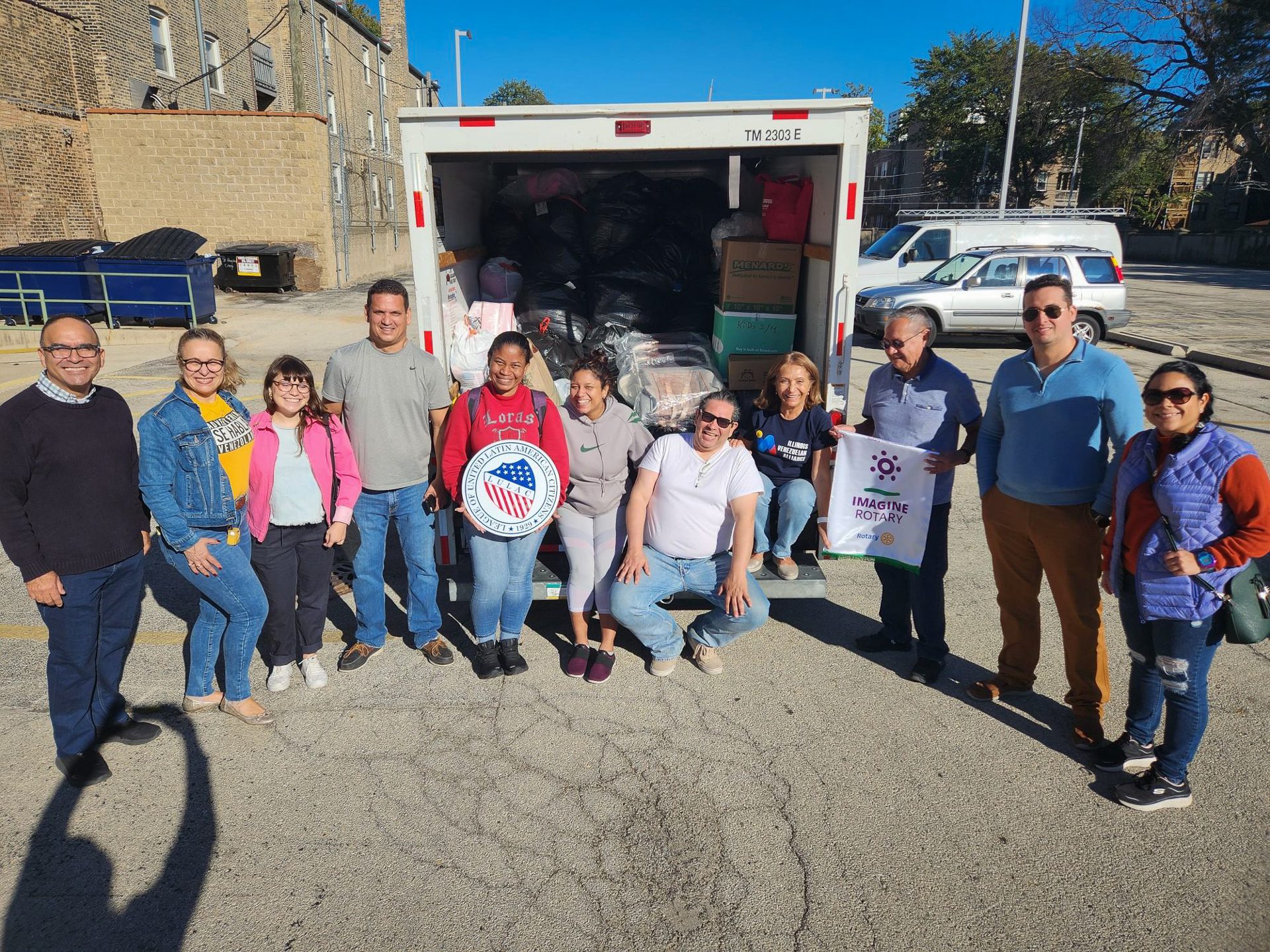
Por desgracia, son víctimas de la mafia de los coyotes y de la trata de seres humanos. Muchos están dispuestos a arriesgar sus vidas por mejores oportunidades para ellos y sus familias. Pero les han mentido y les han dicho que había trabajo y protección tras cruzar la frontera estadounidense.
Revista Borderless: Si no pueden acogerse al TPS, ¿qué otras opciones de estatus migratorio tienen los venecianos que vienen aquí?
Ana Gil García: Los recién llegados intentarán solicitar asilo. Esto podría funcionar para los venezolanos que vienen directamente de Venezuela, pero eso sólo representa alrededor de 20% de los venezolanos que llegan hoy. El resto viene de un tercer país, en su mayoría de otros países latinoamericanos. Por cierto, una de las principales razones por las que están abandonando los países sudamericanos, donde vivían, es por los cambios en el panorama político en lugares como Perú, Chile, Argentina, Colombia y Brasil.
Según el Ley de Inmigración y Nacionalidad, cuando proceda de un tercer país seguro que haya tramitado su situación legal y donde no corra riesgo de persecución, debe permanecer en ese país. Es posible que Estados Unidos no esté obligado a aceptar su caso de asilo porque la persona haya residido legalmente en otro país. Colombia, por ejemplo, ofrece a los venezolanos entre 10 y 14 años de protección. Así que si intenta solicitar asilo en Estados Unidos después de haber vivido en Colombia, probablemente se lo denieguen.
Esto deja a muchos venezolanos indocumentados, sin buenas opciones para conseguir un estatus migratorio legal.
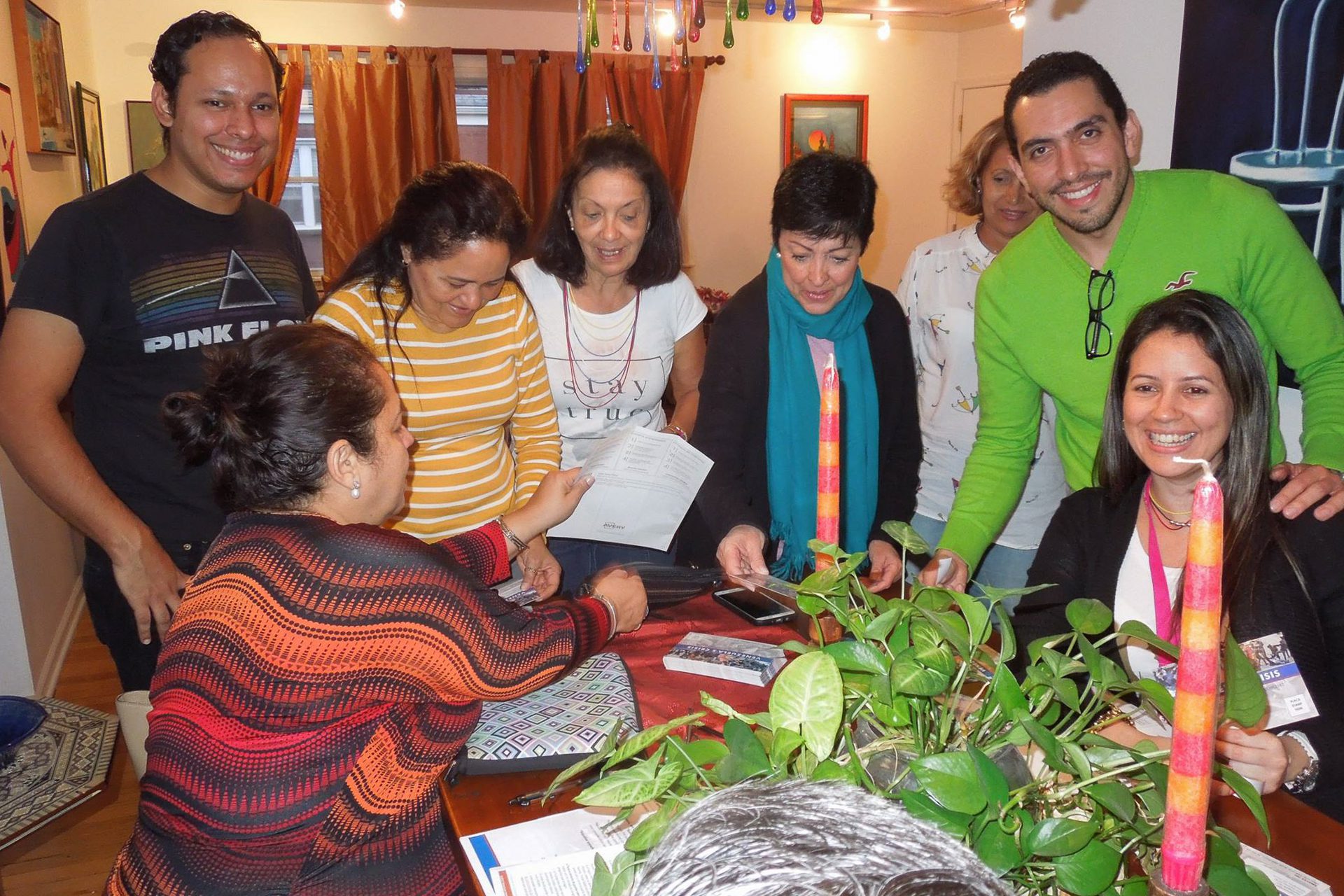
Revista Borderless: Como cofundadora de la Alianza Venezolana de Illinois, ha estado ayudando a los venezolanos recién llegados a Chicago. Cuénteme lo que está viendo aquí. ¿Qué están experimentando y qué necesitan en este momento?
Ana Gil García: Los venezolanos recién llegados a Chicago son diferentes de los que vinieron masivamente en 2015. Aquel grupo voló con visados legales, se quedó aquí y solicitó asilo político, mientras que el grupo reciente llegó a través de la frontera, caminando por el Darien Gap sin dinero ni pertenencias. Los venezolanos que llegaron a Chicago en 2015 tenían familiares o amigos en Chicago que les apoyaron proporcionándoles vivienda, trabajo, información sobre educación y otras cosas. Lo contrario ocurre con los venezolanos recién llegados.
Sin embargo, los recién llegados están experimentando el apoyo incondicional de organizaciones y desconocidos muy preocupados por ellos y por su bienestar. Deben ocurrir tres cosas de inmediato para transferirlos a la sociedad en general: expedirles una autorización para trabajar legalmente en Chicagolandia, realojarlos en viviendas asequibles y crear un sistema coordinado para formarles en el aprendizaje del inglés como segunda lengua, no como algo opcional sino como un proceso obligatorio para su transición a la normalidad. Es importante señalar que muchos de estos inmigrantes tienen un diploma de secundaria y conocimientos técnicos.
Revista Borderless: ¿Qué le gustaría a la Alianza Venezolana de Illinois que cambiara en la forma en que Estados Unidos trata a los inmigrantes venezolanos?
Ana Gil García: La Alianza nació en 2016 en el salón de mi casa. Éramos apenas 16 personas, desayunamos en mi casa y tuvimos una lluvia de ideas sobre lo que queríamos hacer como comunidad. Entre este grupo, había venezolanos viejos residentes en Chicago y recién llegados. También había profesionales, personas que eran ingenieros o médicos en su país pero no podían ejercer en Estados Unidos porque no tenían las licencias o los títulos adecuados. Los resultados de tres reuniones consecutivas nos hicieron decidir hacer ayuda humanitaria para educar a la nueva comunidad, participar activamente en eventos cívicos e incidir políticamente. Por ejemplo, desde 2017, la alianza ha enviado cinco toneladas de alimentos y medicinas a Venezuela. También nos hemos asociado con el Club Rotario de Cúcuta y el e-Club de Houston para enviar 1500 pares de zapatos a los "caminantes", los migrantes venezolanos que caminan desde Colombia hacia Ecuador, Perú y Chile.
La Alianza Venezolana de Illinois ha organizado diferentes actividades para involucrar a la comunidad venezolana de Chicago. Desde fiestas navideñas hasta formación sobre cómo conocer tus derechos, la Alianza ha intentado ofrecer orientación y apoyo a la comunidad de más rápido crecimiento del estado de Illinois. En algún momento, nos dimos cuenta de que necesitábamos implicarnos más en el movimiento de reforma de la inmigración. Durante más de cinco años, nos unimos a 75 organizaciones venezolanas en los Estados Unidos para solicitar al Congreso el TPS para los venezolanos, el cual fue firmado por el Presidente Biden el 8 de marzo de 2021. Recientemente, cofirmamos la petición para el parole humanitario ofrecido a 24.000 venezolanos que quisieran venir a este país legalmente bajo el patrocinio de un individuo o de una organización.
Seguiremos luchando por una verdadera reforma de la inmigración en este país. Hay muchas personas que viven en el limbo, año tras año, solo porque nunca se les da la oportunidad de convertirse en ciudadanos.

Da poder a las voces de los inmigrantes
Nuestro trabajo es posible gracias a las donaciones de personas como usted. Apoye la información de alta calidad haciendo una donación deducible de impuestos hoy mismo.
